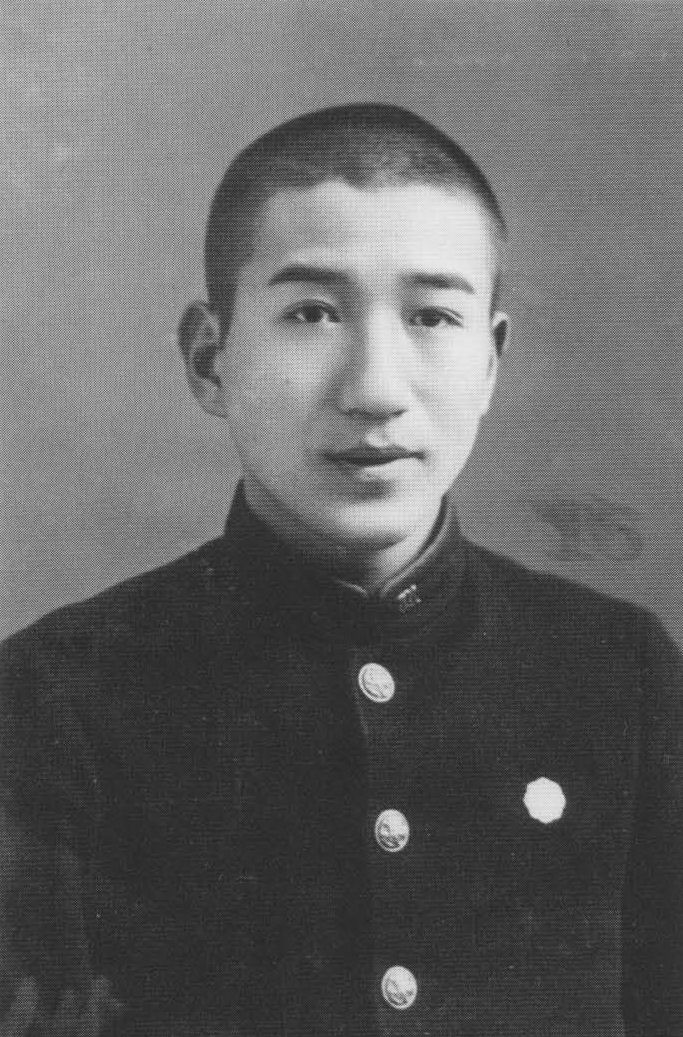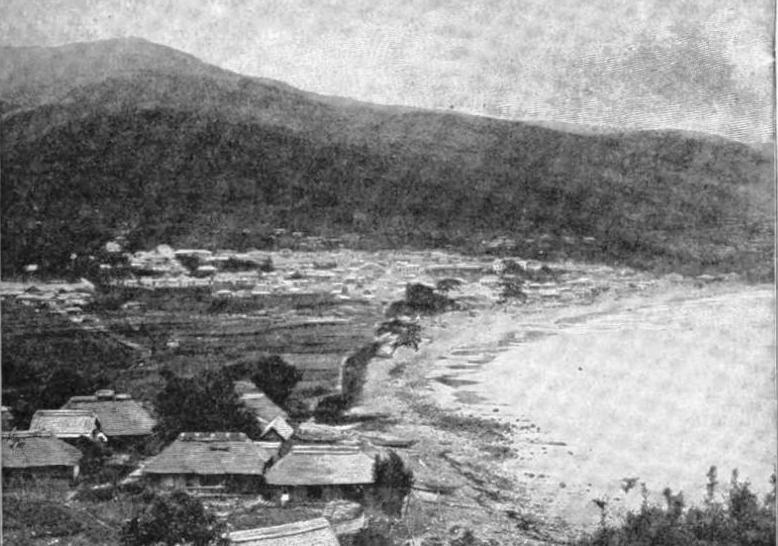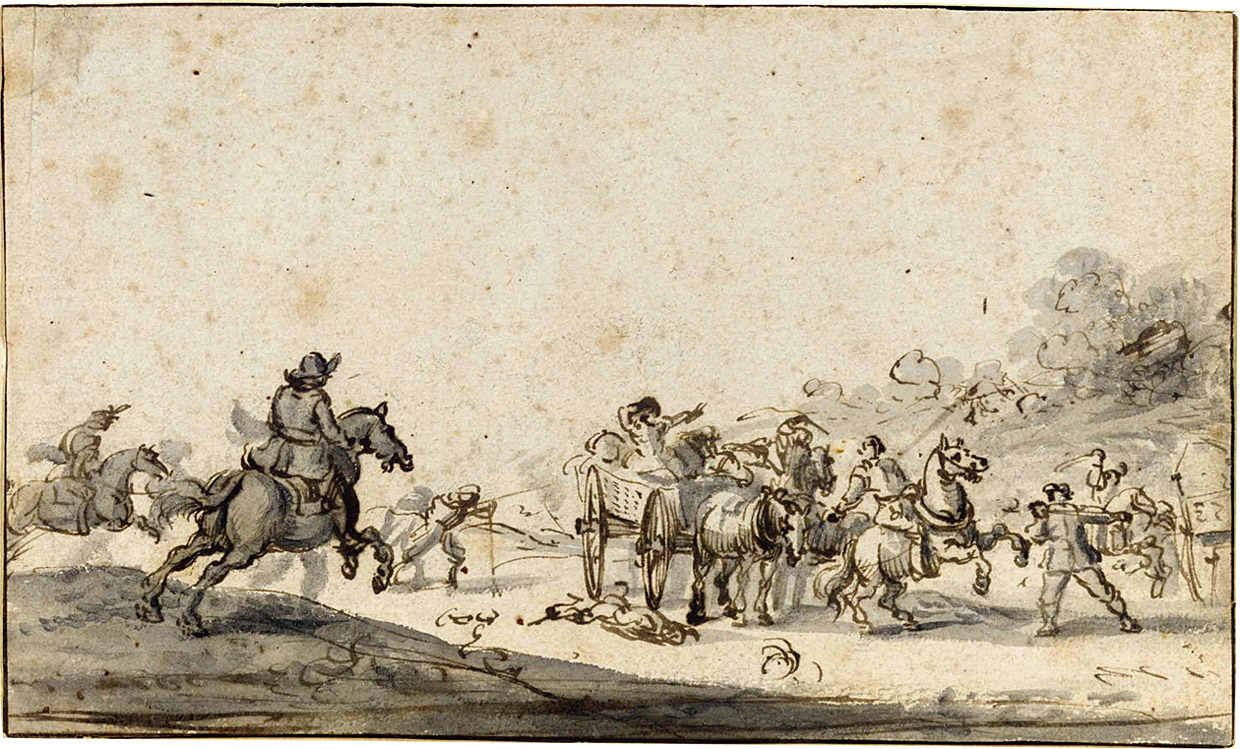|
Omori Bank Robbery
The was a bank robbery committed by members of the Japanese Communist Party in Ōmori-ku, Tokyo, Japan, in 1932. The bank robbery was dubbed the Omori Gang affair. Background On 6 October 1932, three party members stole 31,700 yen from the Kawasaki Daihyaku Bank Ōmori Branch in an attempt to obtain funds for party operations. The plan was unknown to all but one member of the central committee. The robbery badly discredited the party in the eyes of the public. The government took full advantage of the incident and subsequent trial to portray the party as a nest of gangsters, leading to the destruction of the Party. Perpetrators Yusho Otsuka, who was the brother-in-law of Hajime Kawakami, hatched a plan to procure desperately needed funds for the party. He and an accomplice held up the main branch of the Kawasaki Daihyaku Bank in Ōmori. He used Kawakami's younger daughter, Yoshiko, to "drive alongside him in the getaway car to lend an air of respectability to their group escape ... [...More Info...] [...Related Items...] OR: [Wikipedia] [Google] [Baidu] |
Japanese Communist Party
The is a communist party in Japan. Founded in 1922, it is the oldest political party in the country. It has 250,000 members as of January 2024, making it one of the largest non-governing communist parties in the world. The party is chaired by Tomoko Tamura, who replaced longtime leader Kazuo Shii in January 2024. The JCP, founded in 1922 in consultation with the Comintern, was deemed illegal in 1925 and repressed for the next 20 years, engaging in underground activity. After World War II, the party was legalized in 1945 by the Allied occupation authorities, but its unexpected success in the 1949 general election led to the " Red Purge", in which tens of thousands of actual and suspected communists were fired from their jobs in government, education, and industry. The Soviet Union encouraged the JCP to respond with a violent revolution, and the resulting internal debate fractured the party into several factions. The dominant faction, backed by the Soviets, waged an unsu ... [...More Info...] [...Related Items...] OR: [Wikipedia] [Google] [Baidu] |
Ōmori
is a district located a few kilometres south of Shinagawa, Tokyo, Japan accessed by rail via the Keihin-Tohoku Line, Keihin Tohoku line, or by road via Japan National Route 15, Dai Ichi Keihin. Ōmorikaigan, the eastern area of Ōmori, can be reached via the Keihin Electric Express Railway, Keikyu line. Ōmori is one of many areas in Tokyo's largest ward, Ōta, Tokyo, Ōta-ku, but as Ōmori Station (Tokyo), Ōmori train station is located close to the border with Shinagawa, Tokyo, Shinagawa-ku, some buildings bearing the name Ōmori, such as the Omori Bell Port complex, are located in Shinagawa-ku. Prior to its development as a residential and business location, Ōmori was a fishing village along the Tōkaidō (road), Tōkaidō Highway and famous for its farming of nori seaweed, a staple of the Japanese diet. Areas There are six neighbourhoods in Ōta with the place name Ōmori: Ōmorihonchō, Ōmorihigashi, Ōmorikita, Ōmoriminami, Ōmorinaka and Ōmorinishi. All of them a ... [...More Info...] [...Related Items...] OR: [Wikipedia] [Google] [Baidu] |
Tokyo
Tokyo, officially the Tokyo Metropolis, is the capital of Japan, capital and List of cities in Japan, most populous city in Japan. With a population of over 14 million in the city proper in 2023, it is List of largest cities, one of the most populous urban areas in the world. The Greater Tokyo Area, which includes Tokyo and parts of six neighboring Prefectures of Japan, prefectures, is the most populous metropolitan area in the world, with 41 million residents . Lying at the head of Tokyo Bay, Tokyo is part of the Kantō region, on the central coast of Honshu, Japan's largest island. It is Japan's economic center and the seat of the Government of Japan, Japanese government and the Emperor of Japan. The Tokyo Metropolitan Government administers Tokyo's central Special wards of Tokyo, 23 special wards, which formerly made up Tokyo City; various commuter towns and suburbs in Western Tokyo, its western area; and two outlying island chains, the Tokyo Islands. Although most of the w ... [...More Info...] [...Related Items...] OR: [Wikipedia] [Google] [Baidu] |
Hajime Kawakami
was a Japanese Marxist economist of the Taishō and early Shōwa periods. Biography Born in Yamaguchi, he graduated from Tokyo Imperial University. After writing for ''Yomiuri Shimbun'', he attained a professorship in economics at Kyoto Imperial University. Increasingly inclined toward Marxism, he was involved in the March 15 incident of 1928 and was expelled from the university as a subversive. The following year, he joined the formation of a political party, Shinrōtō. Kawakami went on to publish a Marxist-oriented economics journal, ''Studies of Social Problems''. After joining the outlawed Japanese Communist Party, he was arrested in 1933 and sent to prison. After his release in 1937, he translated ''Das Kapital'' from German to Japanese. Kawakami spent the remainder of his life writing essays; novels; poetry; and his autobiography, ''Jijoden'', which was written secretly between 1943 and 1945 and serialized in 1946. It became a best-seller and was "extravagantly ... [...More Info...] [...Related Items...] OR: [Wikipedia] [Google] [Baidu] |
Osamu Dazai
, known by his pen name , was a Japanese novelist and author. A number of his most popular works, such as ''The Setting Sun'' (斜陽, ''Shayō'') and '' No Longer Human'' (人間失格, ''Ningen Shikkaku''), are considered modern classics. His influences include Ryūnosuke Akutagawa, Murasaki Shikibu and Fyodor Dostoevsky. His last book, ''No Longer Human'', is his most popular work outside of Japan. Another pseudonym he used was Shunpei Kuroki (黒木 舜平), for the book ''Illusion of the Cliffs'' (断崖の錯覚, ''Dangai no Sakkaku''). Early life Shūji Tsushima was born on June 19, 1909, the eighth surviving child of a wealthy landowner and politician in Kanagi, located at the northern tip of the Tōhoku Region, in Aomori Prefecture. He was the tenth of the eleven children born to his parents. At the time of his birth, the huge, newly completed Tsushima mansion, where he spent his early years, was home to some thirty family members. The Tsushima family was of obscur ... [...More Info...] [...Related Items...] OR: [Wikipedia] [Google] [Baidu] |
Atami
is a city located in Shizuoka Prefecture, Japan. , the city had an estimated population of 36,865 in 21,593 householdsAtami City official statistics and a of 600 persons per km2. The total area of the city is . Geography Atami is located in the far eastern corner of at the northern end of . The city is on the steep slopes of a partial ...[...More Info...] [...Related Items...] OR: [Wikipedia] [Google] [Baidu] |
The Argus (Melbourne)
''The Argus'' was an Australian daily morning newspaper in Melbourne from 2 June 1846 to 19 January 1957, and was considered to be the general Australian newspaper of record for this period. Widely known as a conservative newspaper for most of its history, it adopted a left-leaning approach from 1949. ''The Argus''s main competitor was David Syme's more liberal-minded newspaper, ''The Age ''The Age'' is a daily newspaper in Melbourne, Australia, that has been published since 1854. Owned and published by Nine Entertainment, ''The Age'' primarily serves Victoria (Australia), Victoria, but copies also sell in Tasmania, the Austral ...''. History The newspaper was originally owned by William Kerr, who was also Melbourne's town clerk from 1851 to 1856 and had been a journalist at the '' Sydney Gazette'' before moving to Melbourne in 1839 to work on John Fawkner's newspaper, the ''Port Phillip Patriot''. The first edition was published on 2 June 1846. The paper soon became k ... [...More Info...] [...Related Items...] OR: [Wikipedia] [Google] [Baidu] |
Bank Robberies
Bank robbery is the criminal act of stealing from a bank, specifically while bank employees and customers are subjected to force, violence, or a threat of violence. This refers to robbery of a bank Branch (banking), branch or Bank teller, teller, as opposed to other bank-owned property, such as a Train robbery, train, Armored car (valuables), armored car, or (historically) stagecoach. It is a federal crime in the United States. According to the Federal Bureau of Investigation's Uniform Crime Reporting Program, robbery is "the taking or attempting to take anything of value from the care, custody, or control of a person or persons by force or threat of force or violence or by putting the victim in fear." By contrast, burglary is "unlawful entry of a structure to commit a felony or theft." Overview Places Bank robberies occur in cities and towns. This concentration is often attributed to there being more branch (banking), branches in urban areas, but the number of bank robberie ... [...More Info...] [...Related Items...] OR: [Wikipedia] [Google] [Baidu] |
1932 In Japan
Events in the year 1932 in Japan. Incumbents *Emperor of Japan, Emperor: Hirohito *Prime Minister of Japan, Prime Minister: **Inukai Tsuyoshi: until May 15 **Takahashi Korekiyo: (Acting) May 15 – May 26 **Saitō Makoto: from May 26 *Minister of Foreign Affairs (Japan), Foreign Minister: **Saitō Makoto: until July **Uchida Kosai *Minister of Finance (Japan), Finance Minister: Takahashi Korekiyo Governors *List of governors of Aichi Prefecture, Aichi Prefecture: Yujiro Osaki (until 28 June); Endo Ryusaku (starting 28 June) *Akita Prefecture: Takeshi Uchida (until 28 June); Takabe Rokuzo (starting 28 June) *List of governors of Aomori Prefecture, Aomori Prefecture: Teizaburo Miyamoto (until 28 June); Taku Yasunobu (starting 28 June) *Ehime Prefecture: Kume Shigeo (until 28 June); Jiro Ichinohe (starting 28 June) *Fukui Prefecture: Keizo Ichimura (until 8 March); Shigeo Odachi (starting 8 March) *Fukushima Prefecture: Murai Hachiro (until 28 June); Akagi Tomoharo (starting 28 ... [...More Info...] [...Related Items...] OR: [Wikipedia] [Google] [Baidu] |
1932 Crimes In Japan
Year 193 ( CXCIII) was a common year starting on Monday of the Julian calendar. At the time, it was known as the Year of the Consulship of Sosius and Ericius (or, less frequently, year 946 ''Ab urbe condita''). The denomination 193 for this year has been used since the early medieval period, when the Anno Domini calendar era became the prevalent method in Europe for naming years. Events By place Roman Empire * January 1 – Year of the Five Emperors: The Roman Senate chooses Publius Helvius Pertinax, against his will, to succeed the late Commodus as Emperor. Pertinax is forced to reorganize the handling of finances, which were wrecked under Commodus, to reestablish discipline in the Roman army, and to suspend the food programs established by Trajan, provoking the ire of the Praetorian Guard. * March 28 – Pertinax is assassinated by members of the Praetorian Guard, who storm the imperial palace. The Empire is auctioned off; Marcus Didius Julianus the highest ... [...More Info...] [...Related Items...] OR: [Wikipedia] [Google] [Baidu] |
Robberies In Japan
Robbery is the crime of taking or attempting to take anything of value by force, threat of force, or use of fear. According to common law, robbery is defined as taking the property of another, with the intent to permanently deprive the person of that property, by means of force or fear; that is, it is a larceny or theft accomplished by an assault. Precise definitions of the offence may vary between jurisdictions. Robbery is differentiated from other forms of theft (such as burglary, shoplifting, pickpocketing, or car theft) by its inherently violent nature (a violent crime); whereas many lesser forms of theft are punished as misdemeanors, robbery is always a felony in jurisdictions that distinguish between the two. Under English law, most forms of theft are triable either way, whereas robbery is triable only on indictment. Etymology The word "rob" came via French from Late Latin words (e.g., ''deraubare'') of Germanic origin, from Common Germanic ''raub'' "theft". Types of ... [...More Info...] [...Related Items...] OR: [Wikipedia] [Google] [Baidu] |






